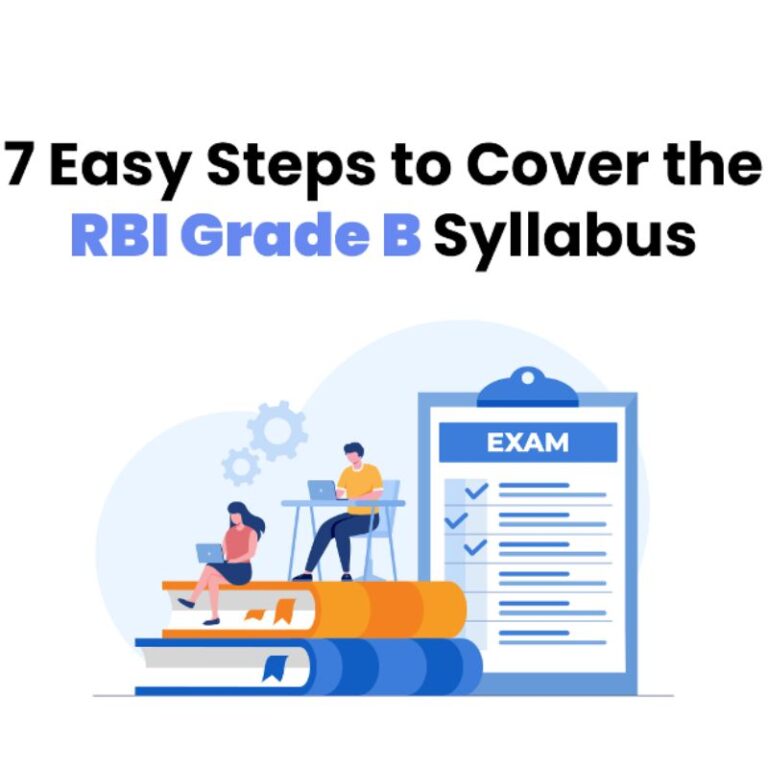NCPCR’s Guidelines for Evaluating Child Suspects

The guidelines issued by the National Commission for Protection of Child Rights have garnered significant attention due to their impact on the Juvenile Justice Board and the Children’s Court’s decision-making process.
These guidelines provide a crucial framework for determining whether a child suspect accused of a heinous offence should be tried as an adult or as a juvenile under the Juvenile Justice Act, 2015.
Understanding the Guidelines
The guidelines underscore the importance of conducting a comprehensive assessment of child suspects by a multidisciplinary team comprising experts such as child psychologists or psychiatrists, medical doctors, and social workers.
This holistic assessment takes into consideration various factors, including the child’s age, developmental stage, maturity level, history of trauma or abuse, cognitive abilities, and their understanding of the charges brought against them.
Role of the Juvenile Justice Board (JJB)
The Juvenile Justice Board is responsible for performing a preliminary evaluation within three months of the minor suspect’s initial appearance under these rules. If the Board concludes that the juvenile should be tried as an adult, the matter will be sent to the Children’s Court.
NCPCR
NCPCR is a statutory body established in India under the Commission for Protection of Child Rights Act, 2005. Operating under the Ministry of Women and Child Development, the NCPCR strives to ensure the welfare and rights of children across the country.
The Commission actively monitors the implementation of various laws and policies pertaining to children, including the Right to Education Act, 2009, and the Protection of Children from Sexual Offences Act, 2012.
Offences Defined under the Juvenile Justice Act
The Juvenile Justice Act categorises misdeeds into three categories: minor offences, serious offences, and heinous offences. Petty offences have a maximum prison term of three years.
Serious infractions are punished with three to seven years in prison, while heinous offences are punished with seven years or more. Horrible crimes include murder, rape, and terrorism.
Importance of Comprehensive Assessment
The emphasis on performing a full examination of juvenile suspects is a critical step in ensuring that kids are treated fairly and justly within the criminal justice system.
The evaluation helps decide the proper course of action for each child suspect by taking into account criteria such as age, developmental stage, and trauma history.
Juvenile Justice Implications
These guidelines have significant implications for the juvenile justice system, aiming to strike a balance between accountability and the recognition of a child’s evolving capacity for understanding and decision-making.
The emphasis on a multidisciplinary approach ensures that all aspects of a child’s circumstances are taken into account when determining their culpability and the appropriate legal response.
Summary
The guidelines issued by the National Commission for Protection of Child Rights play a vital role in providing a comprehensive framework for the Juvenile Justice Board and the Children’s Court.
The Indian court system exhibits its commitment to protecting children’s rights and welfare through these principles. Adherence to these criteria is critical in order to provide an equal and supportive environment for juvenile suspects, facilitating their rehabilitation and reintegration into society while holding them accountable for their conduct.
Calling all law aspirants!
Are you exhausted from constantly searching for study materials and question banks? Worry not!
With over 15,000 students already engaged, you definitely don't want to be left out.
Become a member of the most vibrant law aspirants community out there!
It’s FREE! Hurry!
Join our WhatsApp Groups (Click Here) and Telegram Channel (Click Here) today, and receive instant notifications.





